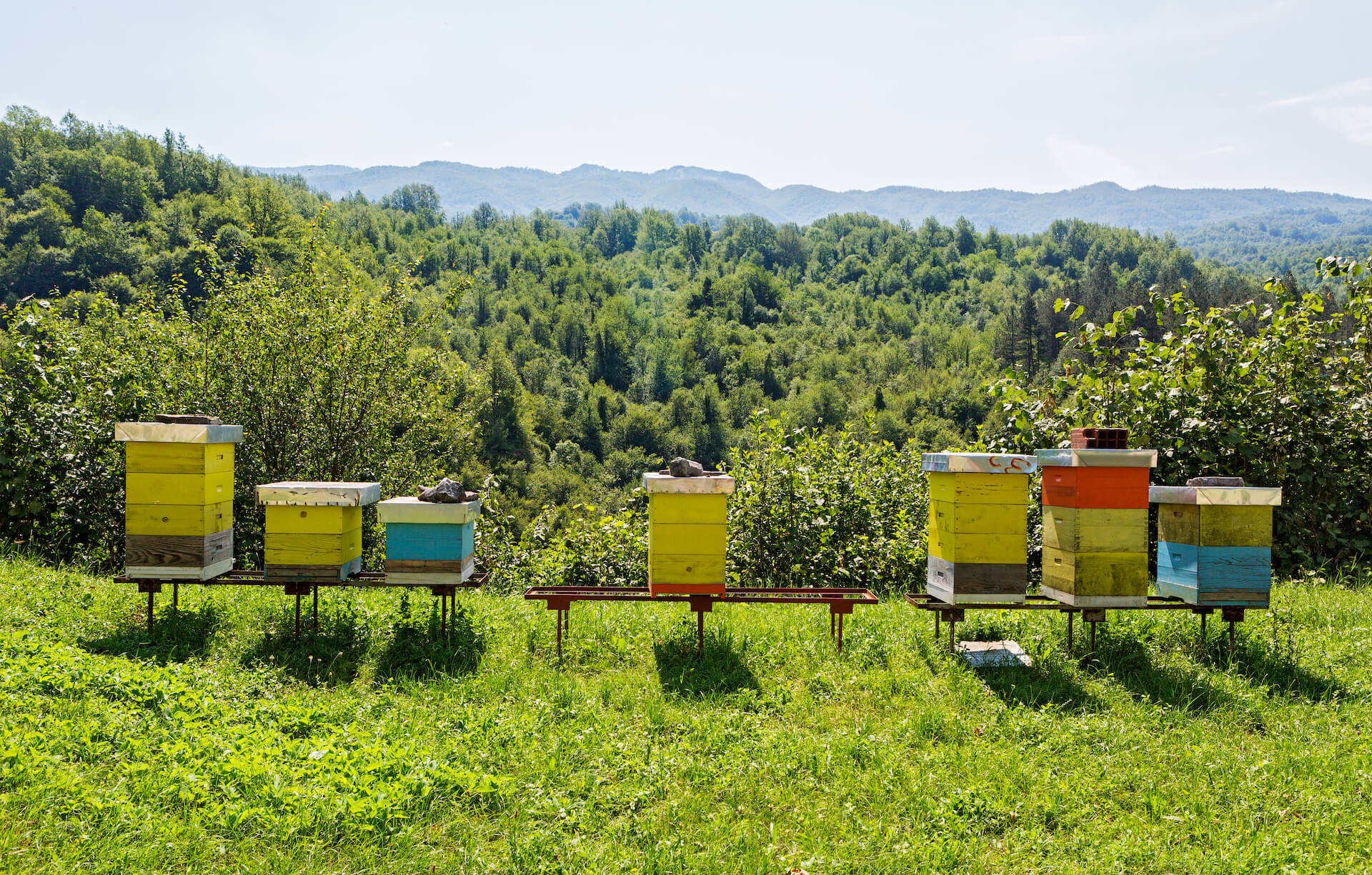 NATURAL AND AUTHENTIC
NATURAL AND AUTHENTIC 
 without syrup
without syrup
 no artificial flavors or colors
no artificial flavors or colors
 no additive or preservative
no additive or preservative
 pure raw product
pure raw product
 Healthy
Healthy 
It’s a 100% natural alternative to industrially-refined white sugar, and additionally, honey sticks bring higher amount of sweetness in less quantities. Beeo honey-stick is as sweet as a stick and a half of sugar but with less calories and an unaltered pleasure – and that’s without even mentioning the numerous health benefits of honey.
 Convenient
Convenient 
It’s a nice recyclable and hygienic stick, in which natural honey stays golden and liquid, and can be consumed until the last drop, without wasting any of it.
The Beeo honey stick lasts on average three years.
You can take it everywhere with you and use it to sweeten your favourite drinks and food in a healthy way, or just enjoy pure honey.
People use it in cold or hot drinks (one stick is the perfect quantity for a tea), add it in yogurts, on bread, on desserts, some to cure a cough, and others come up with new ideas!
 Less caloric than sugar, digested more easily
Less caloric than sugar, digested more easily 
Honey brings you a mix of natural carbohydrates with a majority of fructose. It also contains glucose but no sucrose (already digested and transformed for you by the bees).
Honey is less caloric than sugar and directly absorbed in your blood by your metabolism. It is 30% sweeter than sugar from a taste standpoint, whereas its glycaemic index is significantly lower.
| For 100g | ||
|---|---|---|
| Calories (in Kcal) | ||
| Carbohydrates | ||
| Fructose | ||
| Glucose | ||
| Sucrose | ||
| Water | ||
| Proteins | ||
| Fibers | ||
| Potassium | ||
| Phosphore | ||
| Calcium | ||
| Vitamin C | ||
| Vitamin B6 |
 WHY CHOOSE HONEY?
WHY CHOOSE HONEY? 
 ORIGINS
ORIGINS 
Our honey comes from the plains and mountains that stretch from the Danube to the Adriatic coast in Southeast Europe. These regions have an old honey culture and even today small hives and artisanal production are omnipresent in the countryside. Beeo pure, 100% natural honey is supplied by lots of small local beekeepers, then centralized to undergo strict quality control before packaging.
This natural environment benefits from a wide variety of trees and nectars. Acacia and linden honeys are the most common.
Then comes the prairie, flower and forest honeys which derive in their complexity from the thousands of plant species from the Adriatic region. As you may already know it is impossible to ask bees to be confined to a single variety of plants, hence these broad names reflect the diversity of what bees are foraging.
As the large number of natural parks shows, entire parts of South-East Europe are barely industrialized, without intensive agriculture and sometimes without high density of inhabitants or large cities. Bees in the beekeeping regions where we collect our honey are therefore protected from pesticides and in most cases are foraging in a totally wild nature.
In the Adriatic region we are certain to obtain the closest thing to a pure and completely natural honey on the European continent, natural by its content obviously but also by the purity of the environment from which it comes from.


